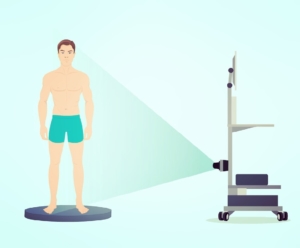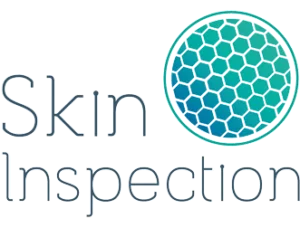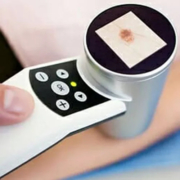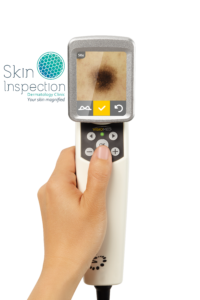The Value of Total-Body Skin Examinations for Skin Cancer
Understanding the Recent Publication by the British Journal of Dermatology (BJD)
The incidence of melanoma and non-melanoma skin cancers has been increasing over the past decades. According to the World Health Organization (WHO), between 2 and 3 million non-melanoma skin cancers and 132,000 melanoma skin cancers occur globally each year. Therefore, would it be prudent to perform total-body skin examinations for skin cancer for patients who see a dermatologist for non-skin cancer reasons?
Performing Total-Body Skin Examinations to Non-Skin Cancer Related Patients
This recent study published in the British Journal of Dermatology studied the cost and time associated with performing total-body skin examinations for skin cancer to patients who came to the dermatologist for non-skin cancer related reasons. Whilst it is common for patients with a prior skin cancer diagnosis to receive a total-body examination, this is not the case for patients who see the dermatologist for other conditions such as acne.
What did they find?
The results suggest that performing these exams on older patients with light skin tones was more likely to detect skin cancers, even if patient had come in for a different skin complaint.
Thus, targeting older patients with light skin tones for total-body examinations is a better use of physician and patient time, and can help detect skin cancer at the earliest possible stage.
You can read the plain-language summary of this study by clicking here.
Putting this Research into Action: Our Total-Body Skin Examinations Provide Ultra-Modern Moles Checking & Skin Cancer Detection
All of our moles checks are carried out by highly specialised consultant dermatologists. The consultant dermatologist personally examines the patient and selects which moless need to have more detailed monitoring.
Dermoscopy: Revolutionising Moles Diagnoses in Dermatology
We use the latest technology in dermatology to visualise moless and lesions in ways superior to traditional methods. This includes the latest-generation dermatoscope, which is able to visualise the in vivo evaluation of colours and microstructures of the epidermis, the dermoepidermal junction, and the papillary dermis not visible to the naked eye. These structures are specifically correlated to histologic features. This non-invasive method is sometimes able to provide an immediate diagnosis, saving our patients the pain, scarring, anxiety, and costs associated with a physical biopsy. However, if your dermatologist believes a biopsy to be appropriate, we have an on-site theatre where your dermatologist will personally excise any suspicious moless, and provide a detailed histopathological analysis from the laboratory.
Results are stored digitally to establish a baseline for future observation. Patients will receive a systematic full body dermoscopy examination. We take digital dermoscopic images of some moless, and compare them at future consultations.
Total-Body Mapping:

Melanoma and other skin cancers respond well to treatment when caught early. Our non-invasive, painless technology can detect skin cancer at the earliest possible stage. We give patients peace of mind knowing that their skin is being continuously monitored by leading dermatologists and the most advanced technology for dermatology in the UK. Book your highly specialised moles check today!
If you do have any skin worries, or notice any irregularities or new moless on your skin, it’s important to get them checked out promptly:
call us on +44 (0)20 3575 1474 or visit our contact page to get in touch as soon as possible.
References:
2. https://www.who.int/uv/resources/FAQ/skincancer/en/index1.html#:~:text=Currently%2C%20between%202%20
and%203,skin%20cancer%20in%20their%20lifetime.







Leave a Reply
Want to join the discussion?Feel free to contribute!